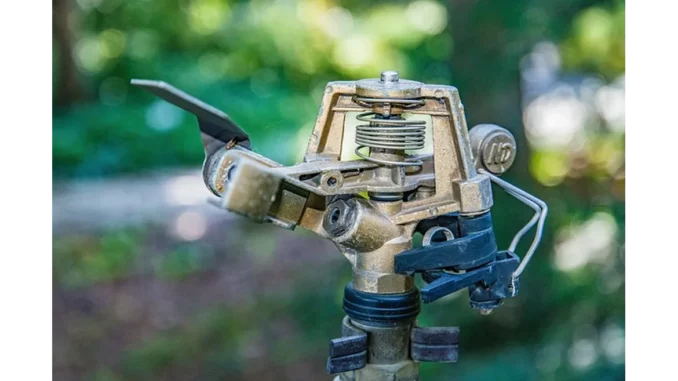
In a quiet corner of London, I had the opportunity to meet Sarah Thompson, a seasoned fire safety consultant who has been ardently advocating for enhanced fire protection measures for over two decades. Over cups of coffee in a lively café, Sarah shared her insights into the recent advancements in fire safety regulations in England, with a particular focus on care homes.
Focus360 Energy: property compliance services – pre-planning to post-construction. Learn more.
“The British Automatic Fire Sprinkler Association (BAFSA) has long campaigned for the mandatory installation of sprinklers in various types of buildings, especially those housing vulnerable populations,” Sarah began. “The recent mandate that all new care homes in England will require sprinklers from March 2025 is a significant milestone.”
Sarah paused thoughtfully. “The timing of this announcement is no coincidence. It aligns with the publication of the Grenfell Tower Inquiry Phase Two report, which has highlighted critical vulnerabilities in our fire safety systems. The findings have been a wake-up call for many.”
As she elaborated, it became evident that this new requirement for sprinklers transcends mere regulatory compliance; it marks a fundamental shift in our approach to fire safety. “The Rosepark care home fire in Scotland in 2004 was a tragic event that claimed the lives of 14 elderly residents. Since then, Scotland has mandated automatic fire-suppression systems in new or altered residential care buildings. It’s taken England much longer to follow suit,” Sarah explained.
Sarah’s eyes conveyed a blend of frustration and hope. “We’ve lost valuable time, but what’s important now is that the government is heeding expert advice. BAFSA, alongside other fire safety experts, has responded to consultations on these proposed changes, and it’s heartening to see their collective input being taken seriously.”
The ambient chatter of the café receded into the background as Sarah’s passion for the subject drew me in. “It’s not just about sprinklers in care homes,” she continued. “BAFSA and other experts are also advocating for similar requirements in new schools. This is about protecting our most vulnerable, whether they are elderly residents in care homes or young students in schools.”
She then delved into the broader implications of the Grenfell Tower Inquiry Phase Two report. “The report emphasises that fire safety regulations need to consider the specific vulnerabilities of building occupants. It’s not just about the height of a building but about who is inside it. Vulnerable individuals, for whom evacuation in an emergency would be challenging, need extra protection.”
Sarah highlighted a key recommendation from the report: “The report suggests that the definition of a ‘higher-risk building’ should be reviewed to focus more on the building’s use and the vulnerability of its occupants. This is a crucial point. It means that fire safety regulations could become more tailored and effective in protecting those who need it most.”
As our conversation progressed, Sarah’s extensive experience in the fire service became increasingly apparent. “After 29 years in the fire service, I’ve seen firsthand the difference that sprinklers can make. Fire doesn’t discriminate, but it does disproportionately affect the vulnerable. We’ve made significant strides with smoke detection, but we need to go further. Sprinklers are essential in ensuring that those who may not be able to respond quickly to alarms are still protected.”
She leaned back, a look of determination on her face. “Achieving comprehensive fire safety involves multiple factors. Vulnerable people might not be able to respond to fire alarms swiftly, and in such cases, the presence of sprinklers can be life-saving. This new regulation for care homes is a step in the right direction, but it’s just the beginning.”
Inspired by Sarah’s dedication, I realised her insights painted a vivid picture of a future where fire safety is not merely about compliance but about genuinely protecting those who need it most. As we concluded our conversation, she left me with a hopeful note: “We have the knowledge, the technology, and the expertise. Now, it’s about making sure that these are utilised effectively to protect lives. The changes we’re seeing now are a positive sign, and I hope they herald a new era of fire safety where expert advice is not just heard but acted upon.”
As I left the café, I reflected on her words. The introduction of sprinkler requirements in new care homes is indeed a significant development, but it also serves as a reminder that more work lies ahead. With experts like Sarah and organisations like BAFSA leading the charge, there’s optimism that we are indeed entering a new era of fire safety—one that prioritises the protection of the most vulnerable among us.


Be the first to comment